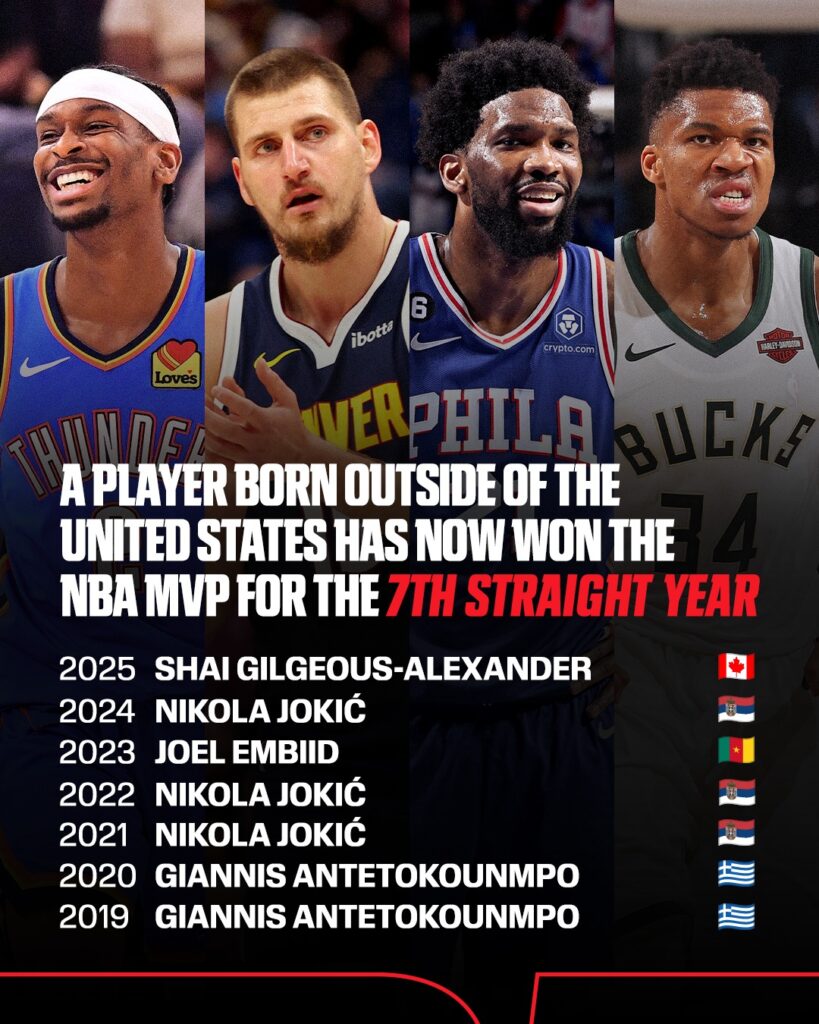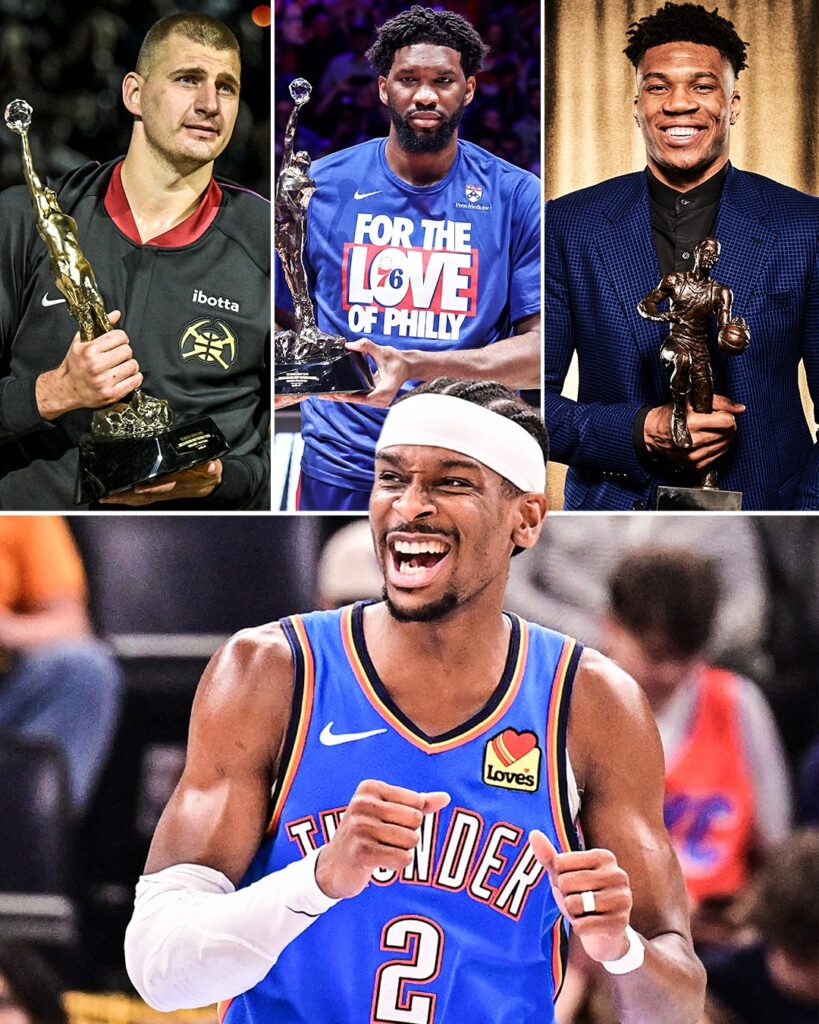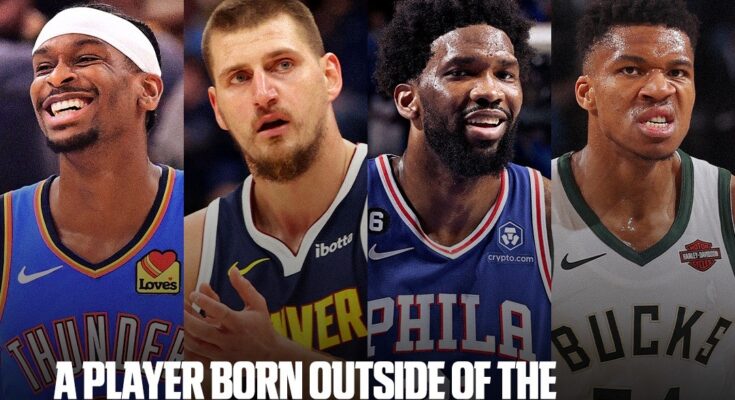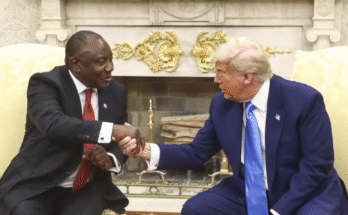
The NBA is no longer just America’s game. It hasn’t been for a while. But now, in 2025, it’s clearer than ever: It’s a global era in the NBA 🌎. From MVP candidates born overseas to international fans driving merchandise sales, the league has transformed into a truly global phenomenon—and the change is not only undeniable, it’s unstoppable.
This shift didn’t happen overnight. It’s the result of decades of growth, outreach, and the trailblazing efforts of international players who proved they could not only play in the NBA but dominate it.
The rise of international MVPs is the clearest indicator of this global takeover. In recent years, the award for the league’s most valuable player has been claimed not by Americans, but by a Frenchman (Victor Wembanyama), a Serbian (Nikola Jokić), a Greek (Giannis Antetokounmpo), and a Cameroonian (Joel Embiid). These aren’t fringe stars—they’re the faces of the league. They’re selling out arenas, leading title contenders, and redefining what greatness looks like.
Look at Jokić. A second-round pick from Sombor, Serbia, who grew up playing water polo and now controls NBA games with surgical precision. He plays a unique, unselfish style that blends the grace of a point guard with the size of a center, earning him two MVPs and a Finals MVP. Or Giannis, the “Greek Freak,” who went from selling sunglasses on the streets of Athens to becoming a two-time MVP and NBA champion with the Milwaukee Bucks.

And then there’s Victor Wembanyama, the new sensation. The 7’4″ phenom from France is already altering how we view the future of basketball. With his wingspan, mobility, and ball-handling skills, Wemby is not just a highlight reel—he’s the prototype of a new kind of global superstar: tall, skilled, and worldly. And he’s just getting started.
But it’s not just about individual awards or headlines. It’s about the global diversity of the NBA’s talent pool. Over 120 international players from more than 40 countries are on opening-night rosters each season. That means every NBA locker room sounds like a mini United Nations. English might be the language of communication, but culture, heritage, and international pride are flowing through every team.
You can see the effect on the style of play. International players bring different basketball philosophies shaped by the systems they grew up in—more emphasis on team ball, spacing, fundamentals, and high basketball IQ. That influence is merging with the athletic, fast-paced American game, creating a hybrid style that’s faster, smarter, and more entertaining than ever.
Then there’s the business side. Global expansion isn’t just an idea anymore—it’s a strategy. The NBA now plays games in Europe, Mexico, the Middle East, and Asia. Preseason and even regular-season games abroad are becoming the norm. The league is also aggressively growing its online presence through international social media channels, customized content, and region-specific partnerships.

China remains a massive market, but India, Africa, and Latin America are catching up fast. The NBA Academy initiative is producing elite-level talent from Senegal to Australia, and programs like Basketball Without Borders are identifying potential stars at younger ages than ever before. The dream of making it to the NBA now stretches to every continent.
And don’t underestimate the power of the global fanbase. Tune into any NBA game, and the comment sections on Twitter or Instagram are full of fans typing in multiple languages. Jerseys are shipped worldwide. NBA League Pass subscriptions come from across the globe. Kids in Tokyo are wearing Luka Dončić shoes. Young hoopers in Brazil are copying Giannis’ Eurostep. The game is global, and its audience is hungry.
The NBA has embraced this reality. League broadcasts now include foreign language options. Teams host international heritage nights to celebrate their players’ roots. All-Star voting is influenced heavily by overseas fans, who show up in huge numbers to support their heroes. International media have increased access, coverage, and influence over how the game is discussed.
Of course, the global era comes with its own challenges. The travel demands are increasing for players participating in offseason games abroad. Time zone differences make it harder for international fans to watch games live. Cultural clashes and adjustment periods still exist, especially for young players moving to the U.S. for the first time.

But overall, the benefits far outweigh the drawbacks. The infusion of global talent has raised the level of competition. The international markets are driving revenue. And the league’s appeal has never been broader.
This new era isn’t a phase—it’s the future. As the sport continues to grow, we’ll see more foreign-born coaches, GMs, broadcasters, and influencers. The next innovation in basketball might come from Barcelona, Lagos, or Manila. The NBA’s next superstar might not speak English as his first language. And that’s the beauty of it.
Basketball has always had the power to connect. Now, it’s doing so at a global scale.
So, when you see Wemby take a coast-to-coast dribble, or Jokić throw a no-look dime, or Shai Gilgeous-Alexander speak to fans in multiple languages, remember—it’s a global era in the NBA 🌎, and it’s just getting started.



